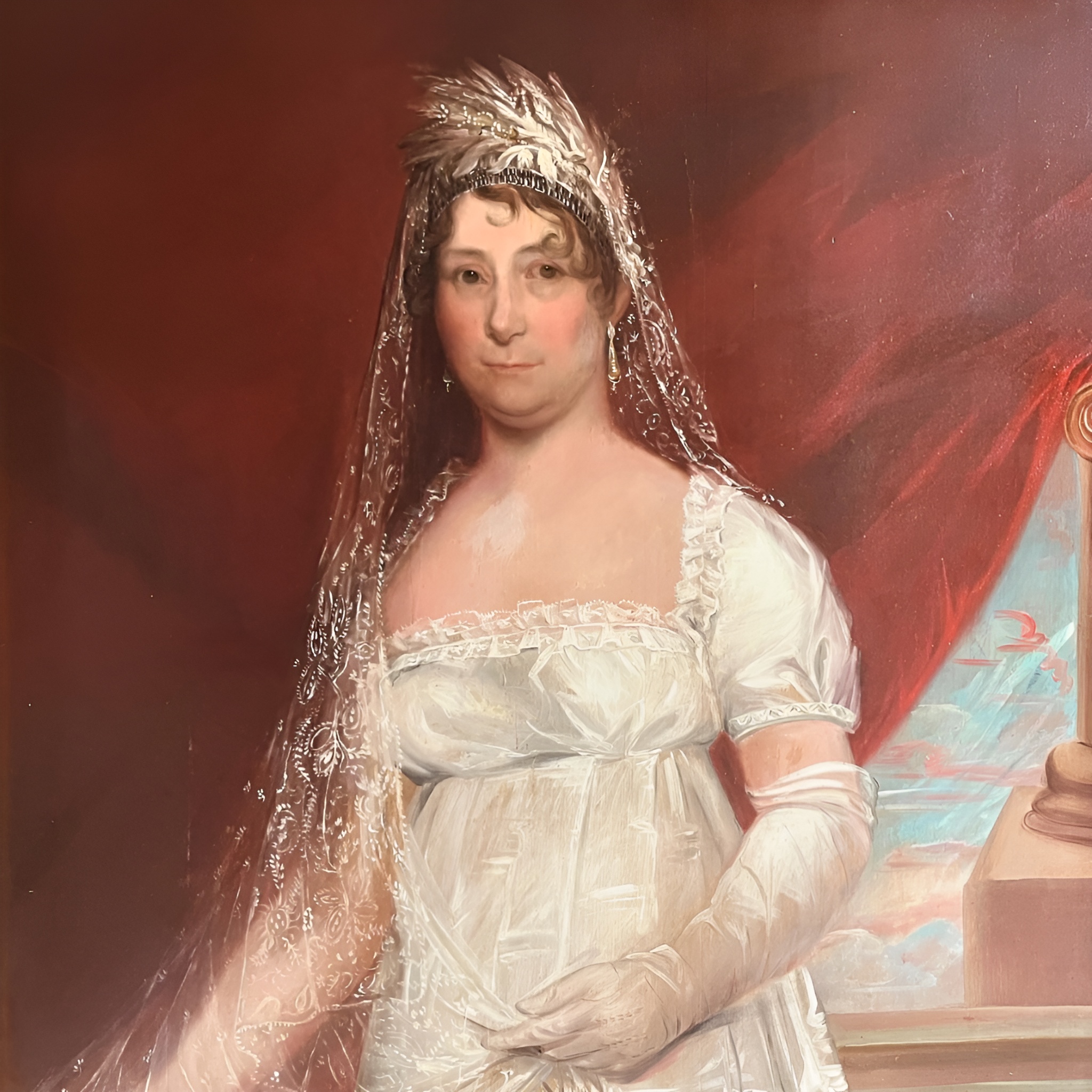
John Wesley Jarvis (1780–1840) was a pioneering portraitist of the early American Republic whose works captured the spirit and ambition of a young nation. Born in England and raised in New York City, Jarvis became one of the most sought-after painters of his generation. He studied under Edward Savage before establishing his own practice, where he mastered the ability to convey social stature through realism and atmospheric subtlety. His portraits of military leaders, statesmen, and prominent citizens balanced technical precision with emotional restraint, embodying the emerging American ideals of character and virtue. Jarvis’s influence extended through his teaching—most notably mentoring painter Henry Inman—and his workshop became a cornerstone of early 19th-century portraiture. Despite occasional controversies and personal eccentricities, Jarvis remains an essential figure linking American neoclassical portraiture to the expressive realism that followed.
Jarvis often painted on wood panels or fine-woven canvas, using layered glazes and muted tonal ranges to achieve naturalistic texture and depth. His varnish work produces a warm translucence that accentuates skin tone and period attire, characteristic of early 19th-century American portraiture.
This unsigned oil portrait of Dolley Madison, wife of fourth US President James Madison, is attributed to John Wesley Jarvis, who captures not just her likeness, but the resilience and elegance of her character. Painted c.1820, the work’s soft lighting and rich tonal palette are typical of the painter's style. The portrait began its life displayed in the White House, where it was said to be a favourite of Jackie Kennedy. During her tenure however, it was removed after art director Marvin Sadik questioned its authenticity - hotly disputed now and then. It was returned to a donor in Annapolis, only to resurface many years later through the hands of art collector Richard Tetlie, who was convinced of its veracity. Today, she watches over visitors from the walls of L’Enfant Gallery as a symbol of the contested spaces of the country's cultural memory. The painting comes from the private collection of Richard Tetlie and formed part of the collection at St. Olaf’s College, Minnesota. Before then, the painting was displayed in the presidential guest suite, Blair House, at the White House. Painted in oil on a single panel of tulip poplar, the painting is encased in an 80” x 40” reproduction period frame, specifically designed by Gold Leaf Studio.
